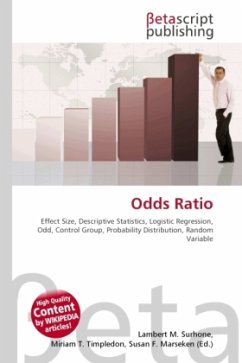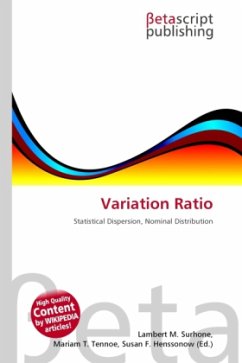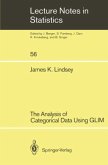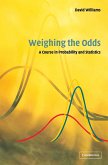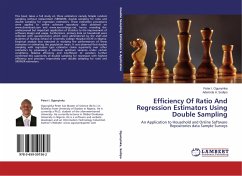High Quality Content by WIKIPEDIA articles! The odds ratio is a measure of effect size, describing the strength of association or non-independence between two binary data values. It is used as a descriptive statistic, and plays an important role in logistic regression. Unlike other measures of association for paired binary data such as the relative risk, the odds ratio treats the two variables being compared symmetrically, and can be estimated using some types of non-random samples. The odds ratio is the ratio of the odds of an event occurring in one group to the odds of it occurring in another group, or to a sample-based estimate of that ratio. These groups might be men and women, an experimental group and a control group, or any other dichotomous classification. If the probabilities of the event in each of the groups are p1 (first group) and p2 (second group), then the odds ratio is: { p_1/(1-p_1) over p_2/(1-p_2)}={ p_1/q_1 over p_2/q_2}=frac{;p_1q_2;}{;p_2q_1;}, where qx = 1 ? px. An odds ratio of 1 indicates that the condition or event under study is equally likely to occur in both groups. An odds ratio greater than 1 indicates that the condition or event is more likely to occur in the first group.
Bitte wählen Sie Ihr Anliegen aus.
Rechnungen
Retourenschein anfordern
Bestellstatus
Storno

